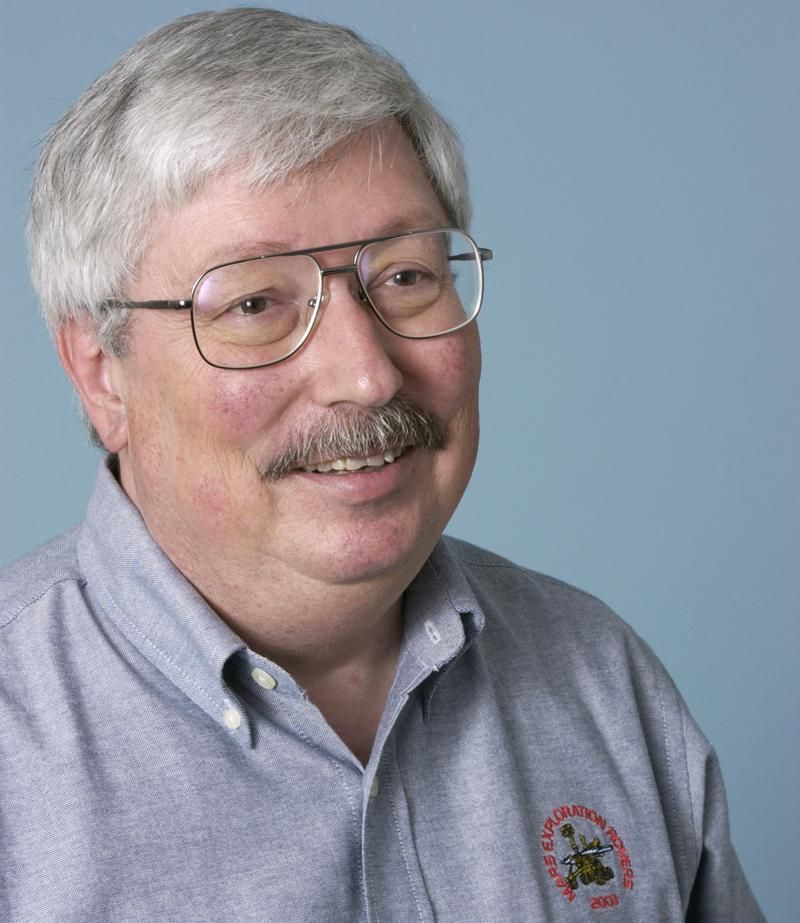Master of Mars
Pete Theisinger is this year’s recipient of the National Air and Space Museum Lifetime Achievement Trophy.
/https://tf-cmsv2-smithsonianmag-media.s3.amazonaws.com/filer/2b/82/2b82b56c-a76f-4eb2-872d-5802ace2f7ce/pia19807_flat-horizon-monday.jpg)
Pete Theisinger just retired from NASA’s Jet Propulsion Laboratory in Pasadena, California. Theisinger began his career at JPL as a summer intern in 1967, after earning a bachelor’s degree in physics. During his nearly 50 years at JPL, Theisinger contributed to numerous planetary missions, most notably robotic explorations of Mars via the rovers Spirit, Opportunity, and Curiosity. On March 29, he was awarded the National Air and Space Museum’s 2017 Lifetime Achievement Trophy for increasing our knowledge of the solar system. He spoke with Senior Associate Editor Diane Tedeschi.
Air & Space: What was your reaction when you heard that you had won the NASM Trophy Award for Lifetime Achievement?
Theisinger: I was speechless. I was not told I was nominated, so when the letter came informing me that I had won, I was totally shocked. When I saw the list of previous recipients, I was thinking: You have got to be kidding. I am very humbled and honored that I have been selected.
How did you end up in the career that you’ve had?
Very accidently. I was planning to go to graduate school after my graduation from Caltech. I was offered—and accepted—a summer job at JPL. I was working the midnight shift for mission operations for Mariner 7 [the second Venus mission], and then later in the summer, supported some study work. I really enjoyed it, and so asked if I could stay. They said yes, and that was the start of a long career.
You’ve worked on many planetary exploration missions: Do you have a favorite?
I really don’t. When you are working on a mission, the combination of the technical challenges, and the quality of the team you are working with is what makes the effort enjoyable. What I have worked on has always been challenging, and the people I have worked with—and for—have always been first rate. Each of the missions has been great.

In terms of space exploration, what do you think the next mission should be? Is there a corner of the solar system we’re overlooking?
In terms of planetary exploration, I think the icy moons—bodies with potential subsurface oceans—represent both a great challenge and tremendous opportunities for awe-inspiring science. Outside planetary, the exploration of exoplanets is where all the excitement is.
What is your opinion about establishing a human presence on Mars?
I am probably in the minority of people working on space on this question. I think establishing a human presence on Mars is much more challenging, represents a more major commitment, and will take much longer than people are talking about today. Major technical questions—effect of radiation, effect of long-term low-gravity exposure, how do you land tens of metric tons on Mars—still need resolution. I don’t see anyone really talking about the infrastructure and commitment that will be required to support, say, 25 people on Mars, but I think it will be very hard.
Do you have any advice for young people who might be considering a career in space exploration?
You need to be technically very strong, so a top technical education is necessary. You need to be able to work well in team environments, so finding experiences where you do that in both leadership and follower capacities is important. There are a lot of areas for working in space exploration: engineering, manufacturing, basic research, science instrument development, science results analysis, etc. Find your passion and pursue it. It is a career with tremendous psychic rewards.